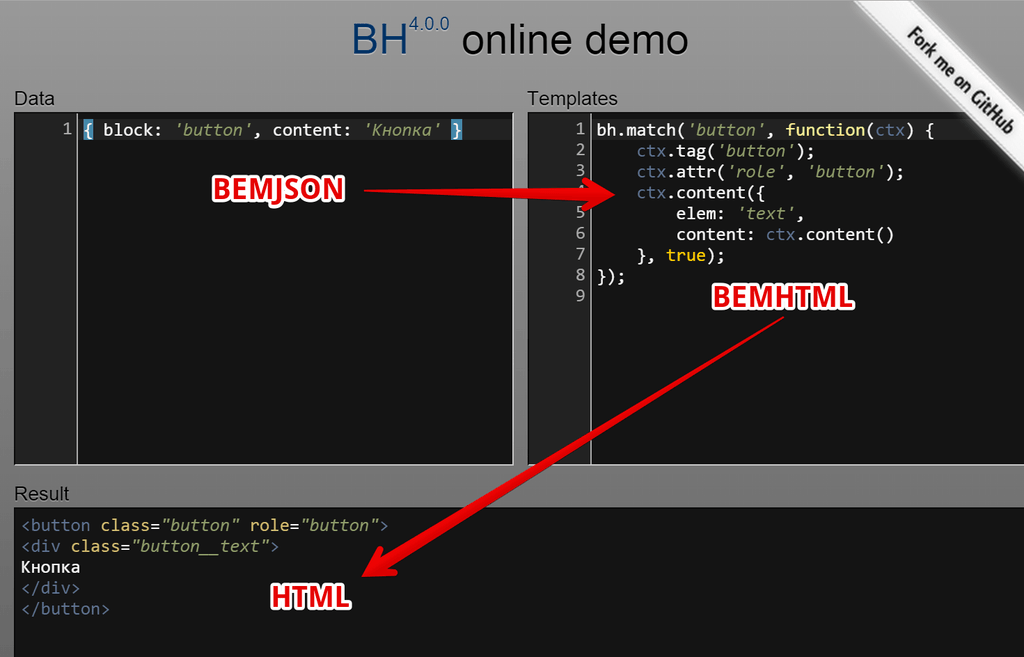


Allen… If anyone can lend some clarification that would be great. I’m placing this decision in the realm of Mr. Therefore, they are not subject to the licensing terms of PhotoStack. Templates in PhotoStack are not licensed as part of PhotoStack. Generally I’m much more comfortable with more liberal licenses, be it MIT or GPL or Artistic or anything Free.
#Photostack css code
If Noel fell off a cliff I suppose the code would be locked under the license and development would halt? I don’t know exactly, but that’s what goes through my mind.
#Photostack css software
I find out the software is licensed under the Creative Commons Attribution-NoDerivs-NonCommercial license, which I suppose means I can never use this for a paying client and if I want to improve on the code and release the changes without explicit permission from Noel. Fortunately I know a shortcut ( ctrl + j) to fix this but that’s just luck. Wrapping at 72 characters would probably not be a bad idea. There is no wrapping in the file, which means each paragraph stretches really far and to read it I’ll have to scroll horizontally in my editor. Still doesn’t work! I’m guessing it’s time to go to the readme, probably the storage directory needs to have permissions set or something. Okay so I’m done with the configuration file, I reload the URI.

While this is probably more intuitive than boolean values of true or false, I think spelling out “yes” or “no” several times is a little patronizing. It suggests replacing “no” with “yes” or vice versa to change the value. There are a lot more configuration options, a lot. It’s programatically trivial to detect and remove a trailing slash on this variable, so why even bother the user? Don’t make me think.

No trailing slash there, should I have a trailing slash on $dirRoot? It didn’t say anything. The next variable is the URI of where PhotoStack is located, with the instruction “no trailing slash.” This is another pet peeve, but an instruction like this should be avoided at all costs. realpath() may also be helpful, but we use the first trick in WordPress. which works like a charm for finding the absolute path of the current directory. One I’ve had good success with is dirname(_FILE_). More people have messed up DOCUMENT_ROOTs than you could ever imagine, there are a few other solutions that may be better. It recommends “$_SERVER.’/photos’ may work for you.” but even though that makes perfect sense I’ve dealt a lot with this in WordPress. First we have $dirRoot where PhotoStack seems to want the absolute path to the script. Next up is the path information, which could possibly be streamlined. I’ve never used the program before, and the description “The name of your Photos section.” makes sense to me as an English sentence but I don’t quite grok its significance. The varible names seem logical (some camelCase going on) but the descriptions above each is not always helpful. There seems to be a little more at the top than necessary and it doesn’t say much, but that’s a personal peeve. A ls -lah (which I have aliased as ll) shows a config.php, which I guess is what I’m looking for. It gave me a message that the storage directory wasn’t set up properly, which told me that I probably need to edit a configuration file of some sort.
#Photostack css plus
Plus there’s a readme file, but it has no extension so opening it means no less than three or four dialogs in Windows XP. Trying to be as true as to I would actually use a program like this, I didn’t read any of the documentation. I grabbed the latest version available and uploaded it to the server. It’s an entirely pleasant, rainy day, so I thought it would be a wonderful time to get going with Noel’s PhotoStack.


 0 kommentar(er)
0 kommentar(er)
